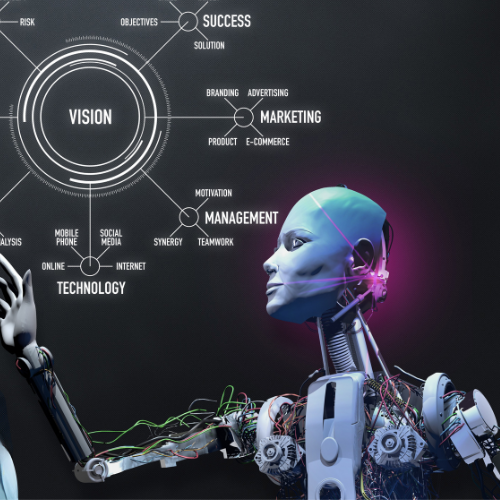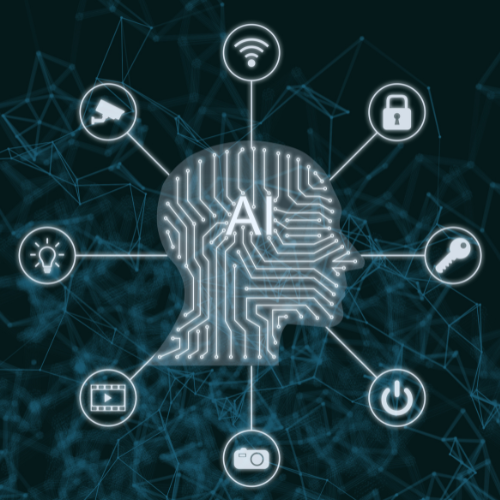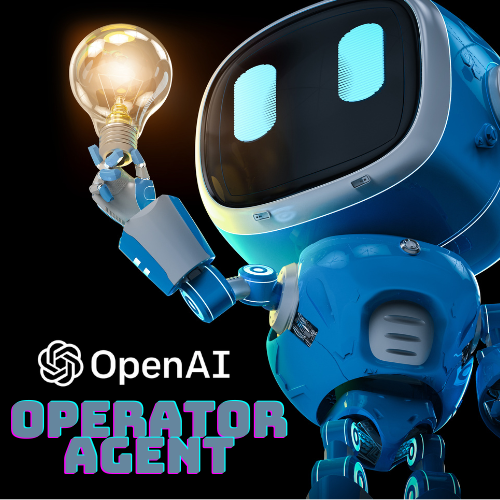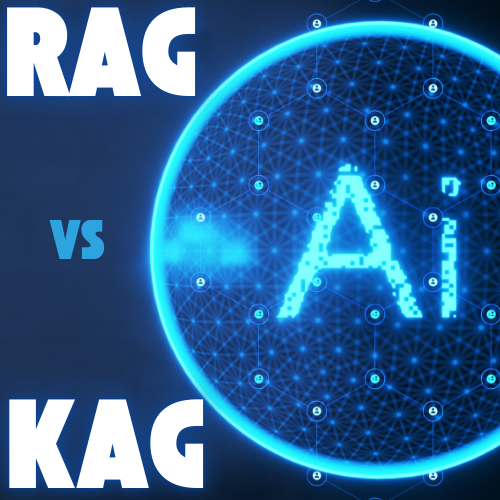RAG vs. Graph RAG vs. KAG: A Deep Dive into Frameworks for AI Agents

RAG vs. Graph RAG vs. KAG: A Deep Dive into Frameworks for AI Agents
What is RAG (Retrieval-Augmented Generation)?
1. Retrieval: Queries a knowledge base or dataset to fetch relevant information.
2. Generation: Uses a generative model (like GPT) to craft a coherent response based on the retrieved data.
Use Cases
– Customer Support: AI agents can pull accurate answers from FAQs or product manuals, reducing response times and improving customer satisfaction.
– Legal and Compliance: Lawyers and compliance ocers can use RAG to quickly retrieve relevant case laws or regulatory documents.
– Education: AI tutors can provide students with precise explanations by referencing textbooks or academic papers.
Drawbacks for AI Agents
1. Static Knowledge: RAG relies on pre-existing datasets, which means it cannot adapt to realtime changes or new information.
2. Limited Contextual Depth: While it retrieves facts accurately, it struggles with understanding complex relationships or multi-layered queries.
3. Scalability Issues: As the knowledge base grows, retrieval times can increase, impacting the agent’s responsiveness.
What is Graph RAG?
Graph RAG enhances RAG by integrating graph-based knowledge representations. Instead of
querying at datasets, it navigates interconnected nodes in a knowledge graph, capturing
relationships between entities (e.g., people, places, events).
Use Cases
– Fraud Detection: AI agents can analyze relationships between transactions, accounts and users to identify suspicious patterns.
– Recommendation Systems: By understanding user preferences and item relationships, Graph RAG powers personalized recommendations in e-commerce or streaming platforms.
– Healthcare Diagnostics: AI agents can traverse medical knowledge graphs to suggest diagnoses based on symptoms, patient history and treatment pathways.
Drawbacks for AI Agents
1. Complex Implementation: Building and maintaining a knowledge graph requires signicant effort and expertise.
2. Data Dependency: The quality of the AI agent’s output depends heavily on the completeness and accuracy of the knowledge graph.
3. Computational Overhead: Traversing large graphs can be resource-intensive, slowing down response times for complex queries.
What is KAG (Knowledge-Augmented Generation)?
Use Cases
– Financial Analysis: AI agents can provide real-time stock market insights, economic trends or investment recommendations by integrating live data.
– Healthcare Research: Doctors and researchers can access the latest medical endings or clinical trial results instantly.
– News Aggregation: AI agents can curate and summarize breaking news from multiple sources, ensuring users stay informed.
Drawbacks for AI Agents
1. Resource Intensive: Continuously updating and processing real-time data requires signicant computational power and infrastructure.
2. Noise and Reliability: Real-time data sources can be noisy or unreliable, leading to potential inaccuracies in the AI agent’s responses.
3. Higher Costs: Maintaining a dynamic knowledge base and ensuring real-time performance can be expensive.
Which Framework Should You Choose for Your AI Agent?
– RAG is ideal for straightforward, knowledge-heavy tasks where data is static and accuracy is critical. However, its inability to adapt to real-time changes limits its use in dynamic environments.
– Graph RAG excels in scenarios requiring deep relational insights and complex query handling. Yet, its complexity and resource requirements make it less suitable for simpler applications.
– KAG is the go-to for real-time, dynamic applications where staying current is essential. However, its high computational and nancial costs may be prohibitive for some businesses.





